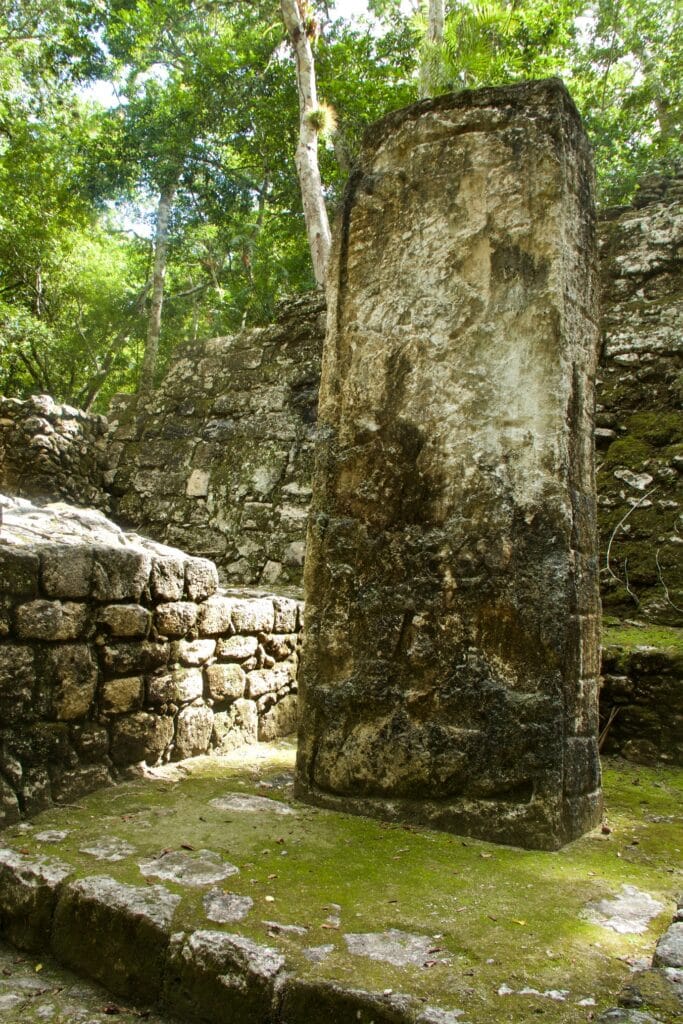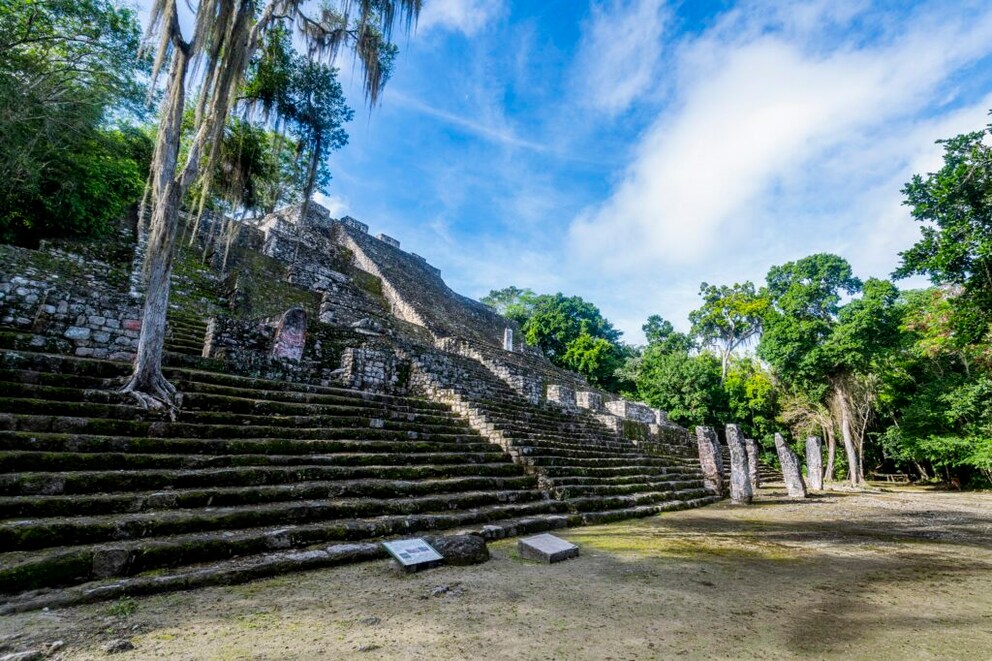The Mayan city of Calakmul, on what is now Mexico’s Yucatán peninsula, was once one of the most important ancient superpowers in the region. Located in the second largest biosphere reserve in the entire American continent, it is one of the best preserved sites of the lost civilization. Researchers are still discovering new secrets from it.
In southern Mexico, on the Yucatán peninsula, is the largest rainforest area and biosphere reserve in the entire American continent after the Amazon. And here, about 300 kilometers from the city of Campeche, amid more than 700,000 hectares of dense jungle, Calakmul is also one of the once most important cities of the ancient Mayan people. It is one of the best preserved ruins of this civilization, yet its mysteries are still not fully understood.
It is April 29, 562 when a new superpower rises in what is now Mexico. The city of Calakmul, which according to the Mexican National Institute of Anthropology and History (INAH, National Institute of Anthropology and History) has existed since 250 BC, defeated on this day its bitter rival Tikal, today located in the territory of Guatemala. For 130 years the metropolis, whose rulers chose a snake’s head as a symbol, was the epicenter of the Mayan universe, which at its peak consisted of about 60 kingdoms.
A superpower for 130 years

Calakmul must be imagined as a highly civilized city where artificial irrigation channels ensured the supply of the population. In addition to the impressive pyramids, the tallest of which measures 55 meters, unknown things about the city have only recently been discovered. Using so-called lidar (laser imaging detection and distance) technology, INAH also uncovered the remains of palaces, places of worship and luxurious homes. However, all of this is still buried under the thick jungle that covers much of Calakmul away from the areas previously developed for tourists.
With over 6000 structures discovered so far, Calakmul is already a very well developed ancient Mayan city. At the height of its power it probably ruled over an area of 13,000 square kilometers. More than 120 engraved stelae that have been found so far at the place of worship bear witness to life in the mighty megalopolis. For example, they show the lives and deeds of the kings and queens of the kingdom. But according to INAH, perhaps the most important ruling family of the Maya had only an extremely short heyday. After 130 years, their influence over the region was broken.
Also of interest: Chichén Itzá: Mexico’s impressive Mayan city
decay and rediscovery

Because in the year 695, as evidenced by the hieroglyphics found on the stelae, among other things, Calakmul suffered a definitive defeat against its archenemy Tikal. Up until that point, a total of 18 serpent kings had ruled the fate of the vast empire. Then began the decline of the Mayan city, which was gradually abandoned by its inhabitants. The last date depicted on one of the numerous stelae found here is the year 909. After that, the history of what was the most powerful city of the Mayas is lost in obscurity.
It will take 1000 years for the modern world to learn of Calakmul’s former existence. 1931 is second “spectrum of science“ the young biologist Cyrus Longworth Lundell in the Mexican rainforest in search of rubber. Instead, he makes a much more spectacular discovery, namely two pyramids covered in dense jungle. So he names the site Calakmul, which comes from the Mayan language. “Ca” thus means “two”, “lak” means “near” and “mul” means “pyramid”, or “hill piled up by human hands”.
Remote World Heritage
Lundell then informed Sylvanus Griswold Morley of his discovery, one of the leading experts on Maya culture of the time. We begin immediately with the excavations around the archaeological site of Calakmul, which according to INAH today covers an area of 70 square kilometers. However, by the standards of the time, the site was so remote that excavation soon stopped. And this for more than 50 years. It wasn’t until the 1980s that the University of Campeche and INAH began excavating the ruins known today.
Also interesting: Mexico: safety, attractions, weather
Already in 2002 Calakmul was declared a World Heritage Site by Unesco due to its importance, and in 2014 this status was also extended to the jungle surrounding the former Mayan city. And researchers are still making new discoveries here. For example, the aforementioned finds made thanks to lidar technology were only revealed by INAH in October 2022. Discoveries that have already been made here include “National GeographicAccording to this, for example, precious jade masks, pottery, tombs or the many engraved stelae.
Due to its remoteness, Calakmul is not as popular with tourists as, for example, the ruins of Chichén Itzá. Archaeologically, however, the ancient Maya city is at least of equal importance. THE side of INAH describes how to get there and gives a good first overview of the sights. Consequently, it is open to visitors all week from 9am to 5pm. As for the entrance costs, various sources on the net contradict each other, there is no official site for the ruins. The INAH website only says that people under 13, students and pensioners have free access. For example, to book a certified guide visit the website “Visit Calakmul‘, which represents not only the archaeological site but the entire biosphere reserve.




